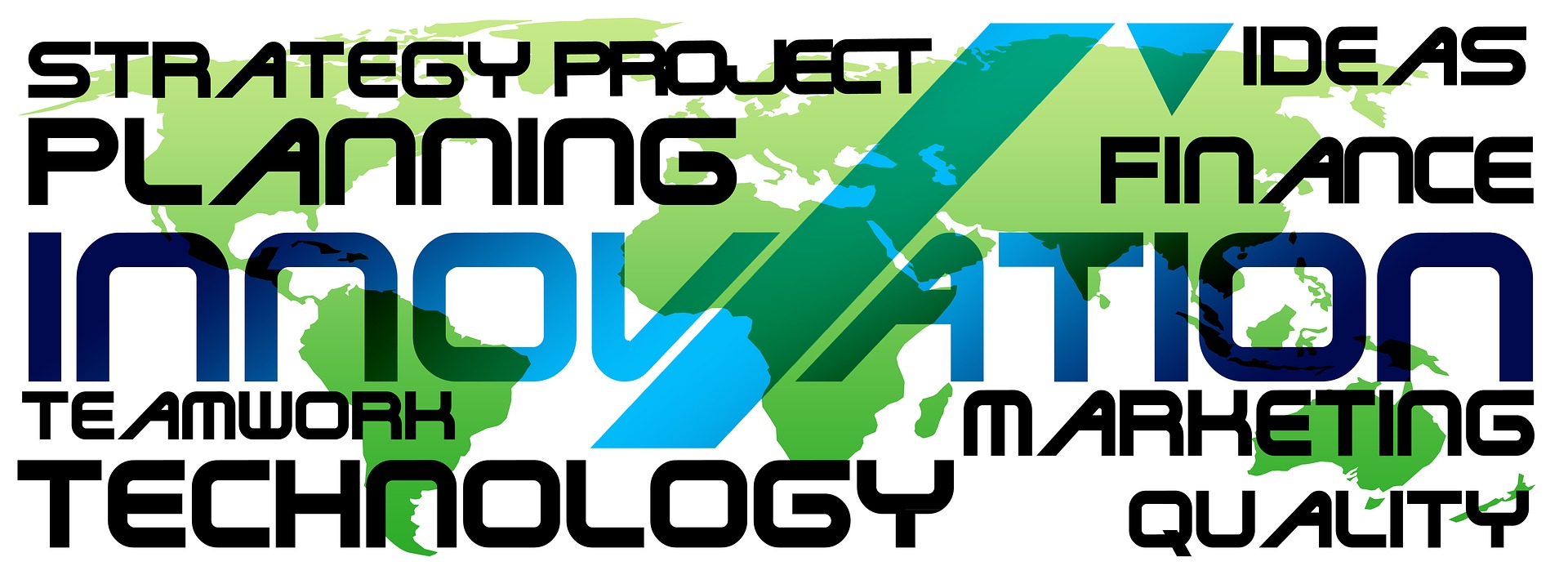
Unlocking the Potential of AI for Ecommerce Success
Artificial Intelligence (AI) is no longer just a buzzword but a fundamental pillar for the growth and optimization of ecommerce companies and online brands. As we delve into the transformative power of AI, it becomes crucial to understand not just the ‘why’ but also the ‘how’ of leveraging AI to stay ahead of the curve. Let’s explore the essentials of incorporating AI into your business strategy.
Why Should Our Company Utilize AI?
AI has the transformative power to analyze data at an unprecedented scale, offering insights that human analysis could never achieve within the same timeframe. It enables personalized customer experiences, enhances operational efficiency, and opens up new avenues for product and service innovations. Utilizing AI allows you to stay competitive, predict market trends, and meet the evolving needs of your customers more effectively.
How Does Our Company Utilize AI?
Your company can utilize AI across various domains, from customer service enhancements with AI-powered chatbots to inventory management through predictive analytics. AI can also be employed in marketing for better customer segmentation and personalized campaigns, as well as in streamlining your supply chain operations.
What Resources Do We Need to Utilize AI?
Implementing AI requires a mix of technological and human resources. Technologically, you need access to cloud computing services, data processing capabilities, and AI software platforms. On the human front, a specialist in AI, data science, and analytics is crucial for developing and managing AI solutions. Additionally, a culture of continuous learning will enable your team to stay on top of AI advancements.
Continue reading “Optimizing Ecommerce with AI: Answers to Key Questions”





